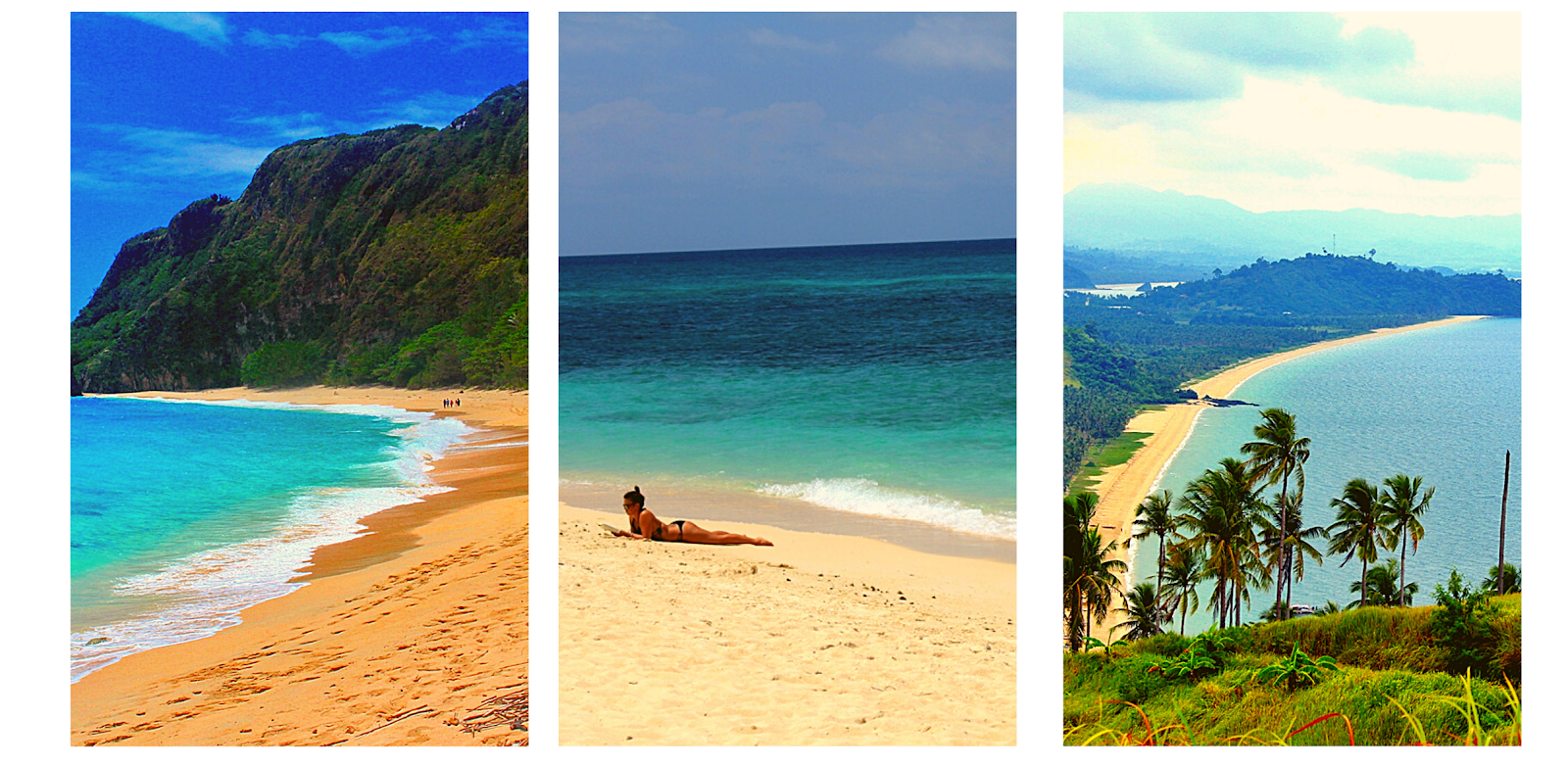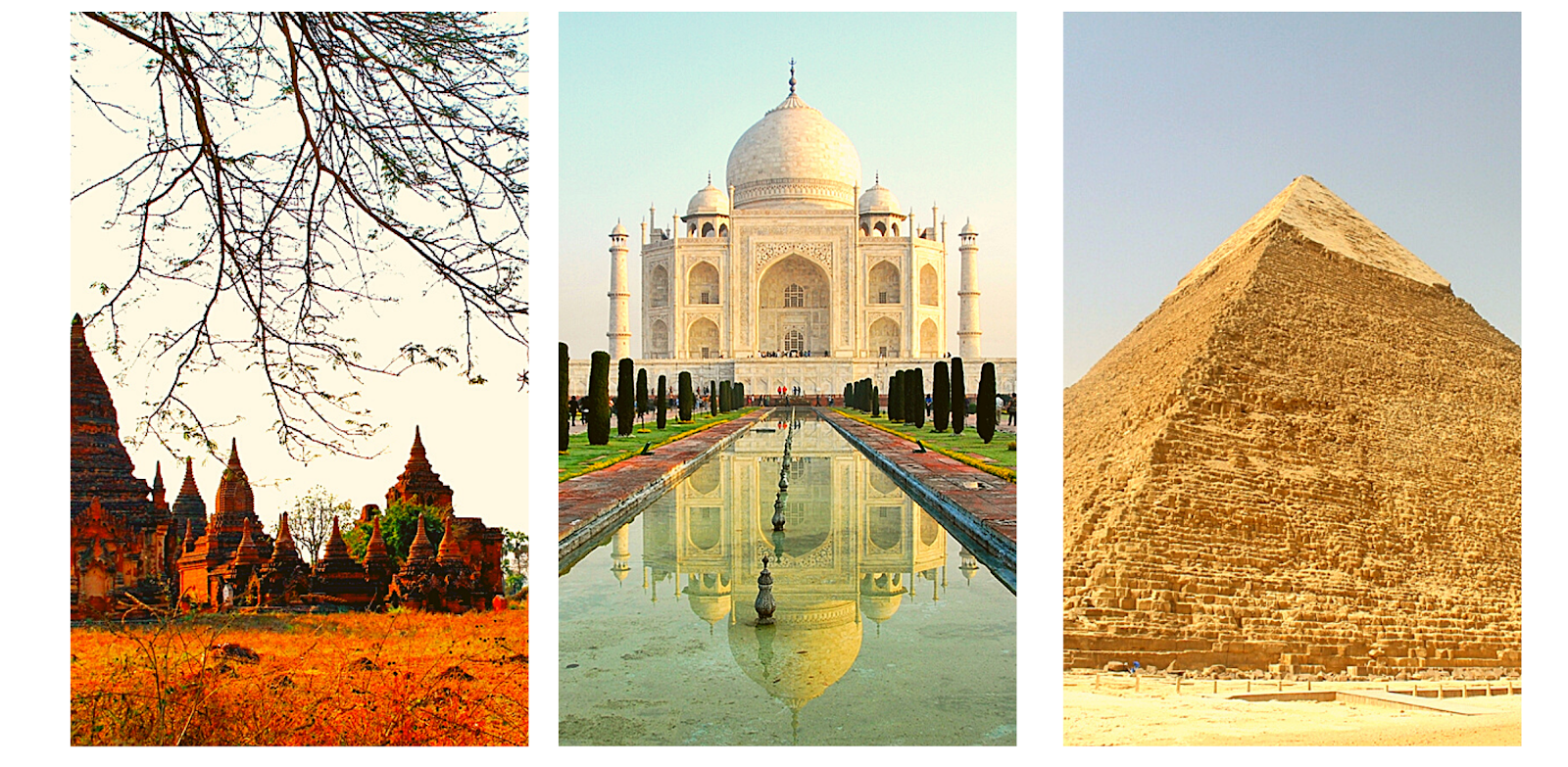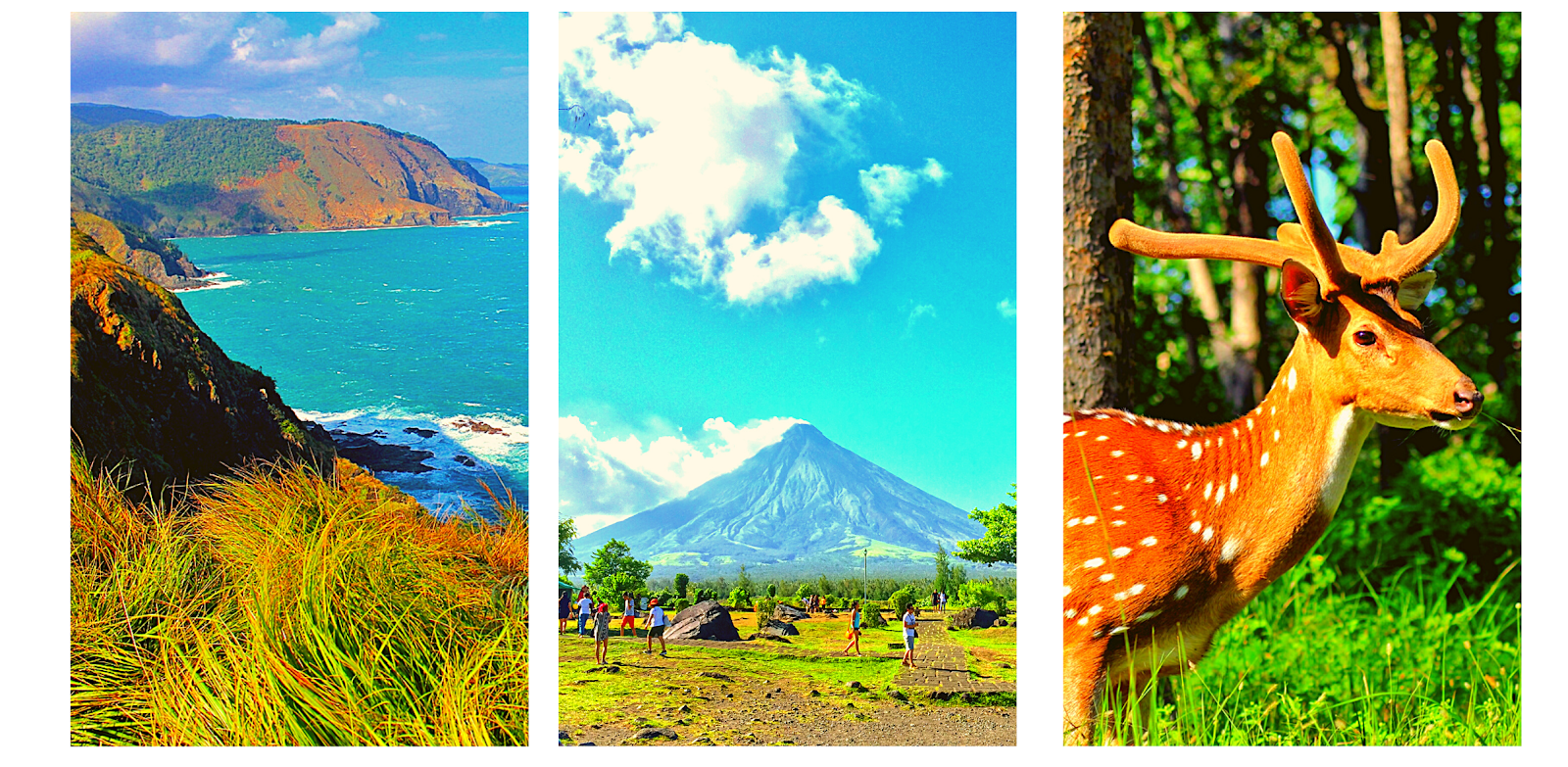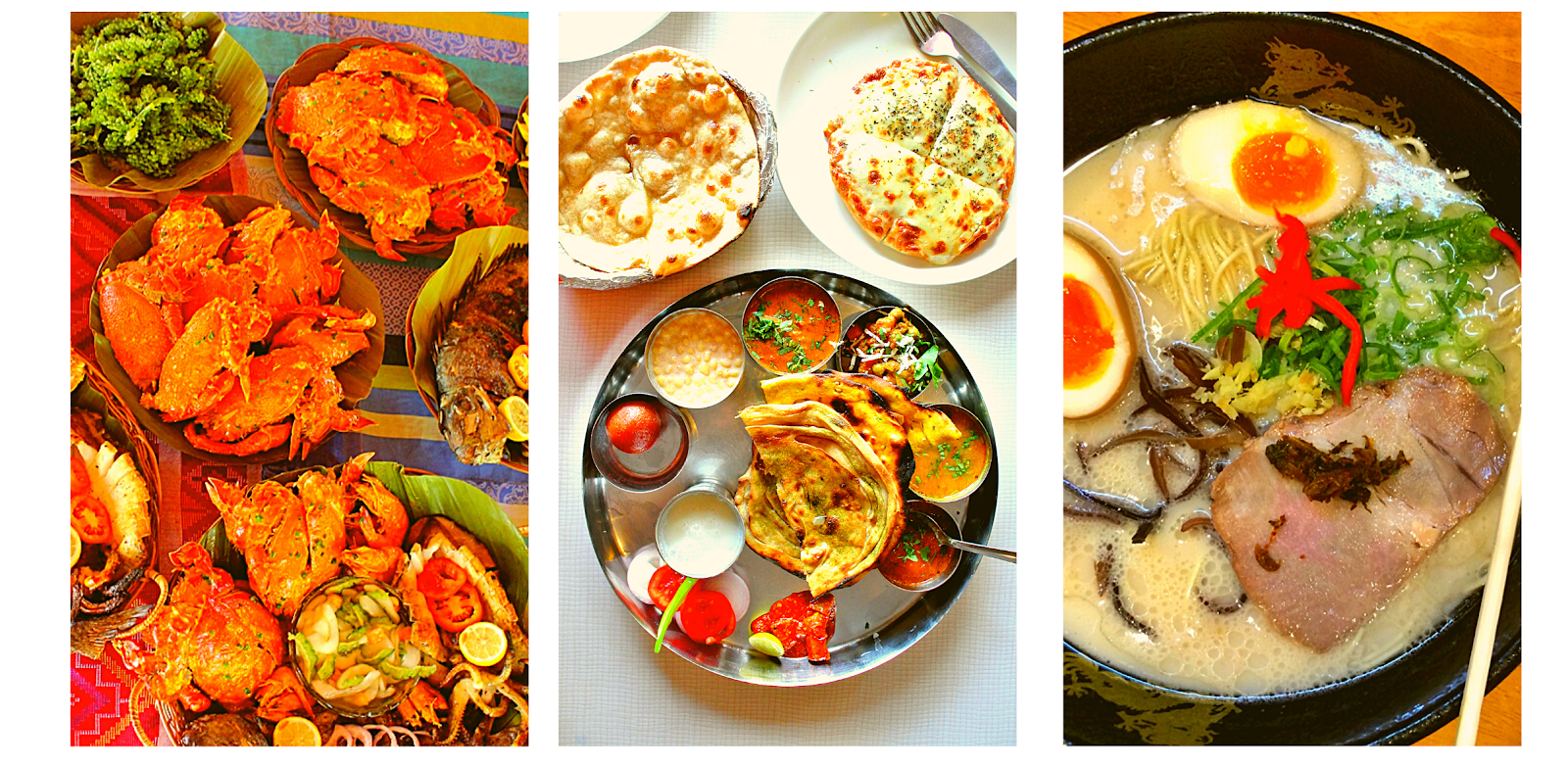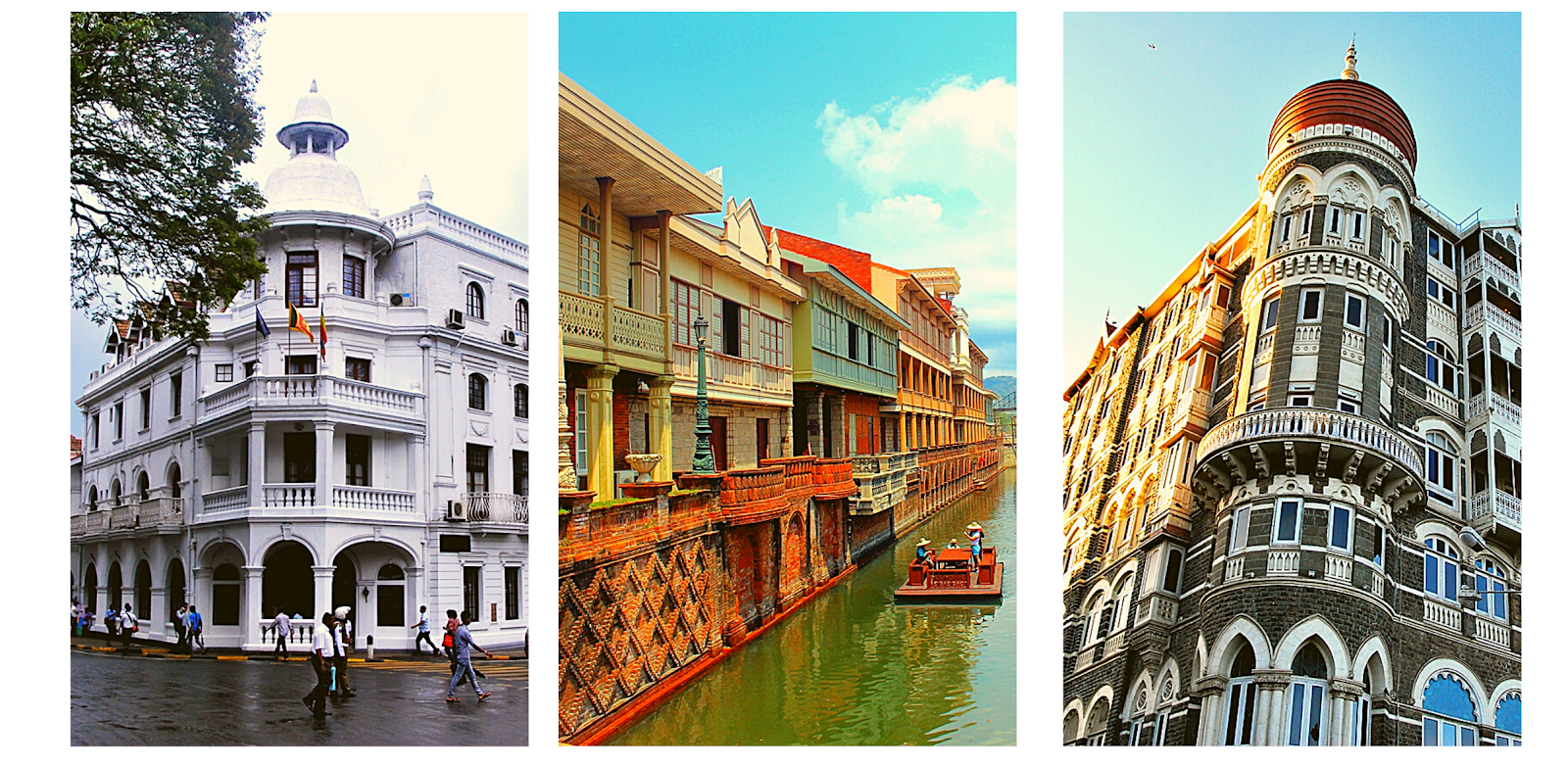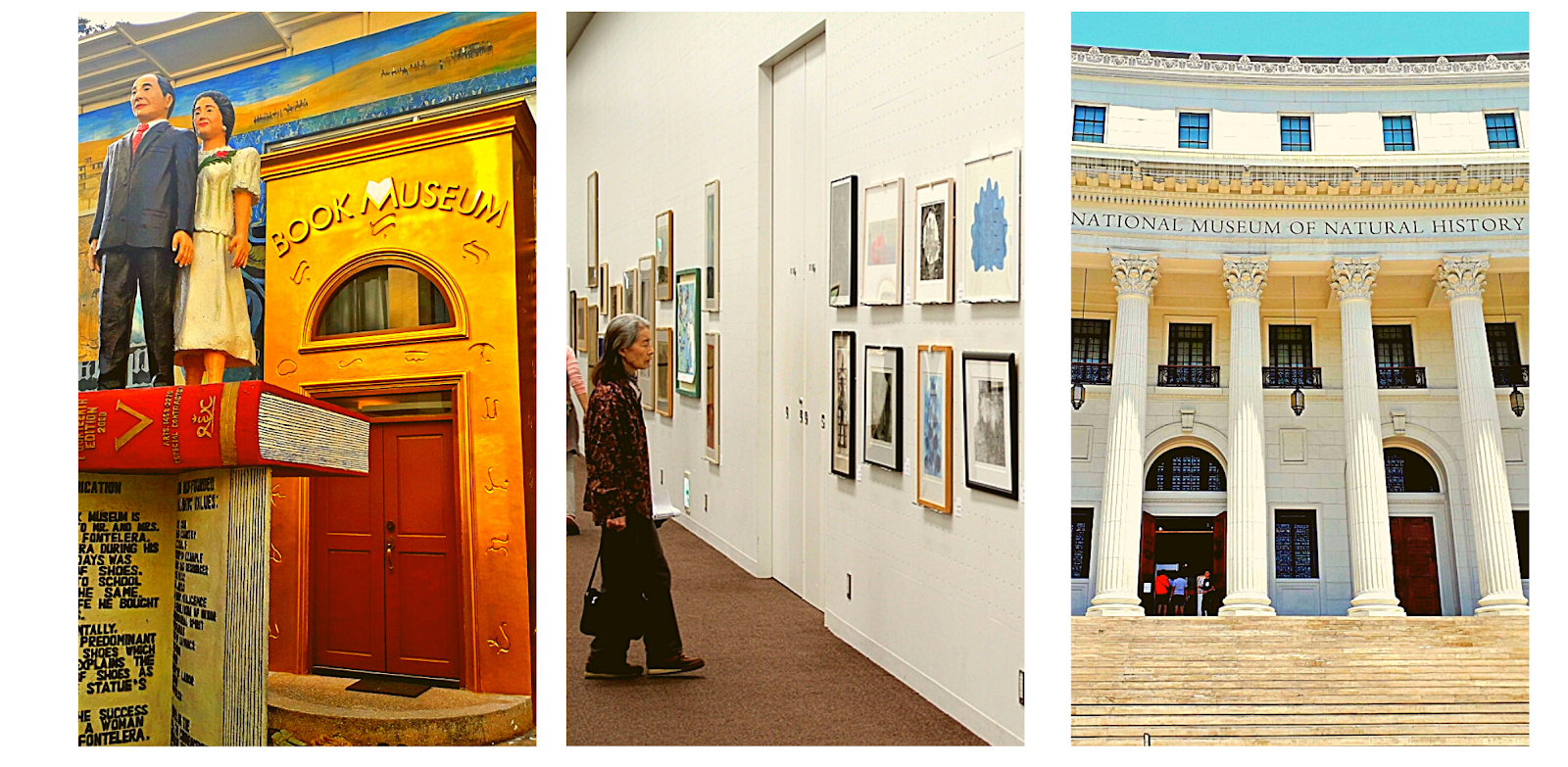The streets of Mumbai casts
a dizzying spell even to this third world traveler who is used to seeing
voluminous crowds and long queues of people rushing to and from various
errands. It reminded me of our first stop in India; the city of Kolkata where
all noises came to us like cannon blasting from all directions, the relentless
honking of automobiles and the incessant yell from vendors among dozens of
other reverberations, all comprising a mix tape of mother of all audible
uproars.
After Kolkata, Aileen and
I see the same kind of overwhelming street scenes at Varanasi before
tapering off by minuscule in New Delhi and unto the desert
state of Rajasthan – where long stretches of desert and dry
mountains serve as space fodder for its large population. Here in Mumbai, as
described to us by a Caucasian we met at the Jaisalmer bus terminal “you won’t see an
empty space, almost each spot is occupied by someone”. That may be a
bit of stretch, but upon hearing the noise now and almost getting lost in the
sea of humanity on our way to Chhatrapati Shivaji Terminus while
we try to reserve a train ticket to Kochi, we get the drift of what he told us.
Amidst the multitude of
humanity, an impressive set of buildings also crowd the streets of Mumbai – in
an eye popping manner especially for an architecture-junkie like me. Leading
the pack is the Gothic Victorian architecture design of Chhatrapati Shivaji
Terminus, which is considered a UNESCO World Heritage Site, fortifying
the centerpiece of Mumbai’s complex but effective railway system.
Aileen and I sauntered
inside looking for the booth that sell train tickets to Cochi, unmindful of the
thick crowd we pushed our way inside a large air-conditioned room filled with ticket
outlets before finally locating the correct cubicle selling train passes to our
next destination. With the dark air brought upon by the harrowing terrorist
attack during the infamous Mumbai attack of 2008 all gone; the iconic train
station has now washed all overtones from that unfortunate event and has become
a must-see for travelers from different parts of the world. The terminus
operates as the main artery that usher the boundless wave of commuters to other
cities in India.
Art Deco Galore
Outside the terminus and a few steps away, one is quickly dazzled by an array of art deco buildings that earns the city of Mumbai the distinction of being the second city – next to Miami, to have the most numbers of surviving Art Deco buildings in the world. Your architectural visual feast doesn’t stop there as Gothic, Victorian, Indo-Saracenic, Modern and Contemporary architectural styles blends charmingly with historical landmarks from the British colonial era that stands beautifully behind the swarming sidewalks of the city.
Bombay Deco
The wave of optimism that flourished at the turn of the 20th century and after the First World War attracted many local businessmen to set up residency here and along came a rich fusion between traditional architectural styles and the Art Deco design emanating from the cities of Paris and London. Not long after, rows of lavish offices and glittering residential apartments started appearing and adorning the huge city blocks that earned the city’s “Bombay Deco” reference. While many of these buildings are at the mercy of passing time with peeling paints, broken glass and an unkempt facade, the character emanating from these structures are hard to miss. I do hope that the Indian Government would implement a city-wide restoration program the soonest, or they risk repeating the same mistakes we committed here in Manila – of surrendering our city’s architecture heritage to modernity.
Other than the
aforementioned Chhatrapati Shivaji Terminus, we passed by the stand-alone Art
Deco Regal Cinema which was constructed during the ‘cinema
boom’ of the 1930’s. Currently showing the Bollywood film about a solo female
traveler, the box-office smash “Queen”. It is one of the many cinemas from its
era that still operates up to this day. The Taj Mahal Palace Hotel situated
near the Gateway of India is another eye candy of an architectural
marvel. Built in 1903, it still retains the flavor of its visual elegance
represented by the Florentine, Moorish and Oriental architectural style. Like
the Chhatrapati Terminus it also became an infamous site of the 2008 Mumbai
attacks.
As the afternoon crowd
started to thicken at the water’s edge of Mumbai Harbor to take photographs of
the Gateway of India, I lifted my head and gazed at the sheer
size of its magnificent Indo-Saracenic architectural flair
that blend beautifully with Hindu and Muslim design influences. Often compared
to the Arc de Triomphe in the city of Paris, the Gateway of
India was built to commemorate the the visit of King George the
fifth and Queen Mary in 1911. Encircled by the many
architecture wonders facing the waterfront, I walked into an open spot and
stood out at the opposite direction towards the sea where I saw countless
docked yachts and small boats, swaying and dotting the blue waters of the
Arabian Sea.
I
felt the cool breeze of the wind and inhaled the aroma of curry it carried.
Suddenly, I craved for more Indian food. My friend Aileen and I walked towards
a street lined up with interesting hole-in-the-walls establishments that
sandwiched a lone Starbucks branch and unto another street filled with bazaar
stalls, until we settled for a café serving local and western baked goodies.
For an hour, we sat by the window and observed the hectic pace of the locals
darting in and out of my sight. With the heritage structures standing
broodingly at the background, I sensed a throwback vibe to decades past - all
thanks to the olden sentiment the classic architecture of Mumbai brings.
Staying true to the
diversity of Mumbai’s populace, the aesthetics of the city’s stellar
architecture presents a glimpse into the quixotic footprint that thrived
once upon a time in a now frenzied and crowded environment. The city where much
of the film “Slumdog Millionaire” was filmed showed me that there is
more to it than endless shanty towns, all of which are visible at each edifice,
that up to this day battles the rigid curse of decay and abandonment, all in an
attempt to preserve the opulent heritage and storied past of Mumbai.
I wanted to walk more and
see more of the city, but the hours seemed to roll by quickly and just before
the remaining daylight was swallowed by night’s darkness, we flagged down one
of the iconic Premier Padmini cabs to cap of our metaphoric
time travel through Mumbai’s architecture wonders.
********

